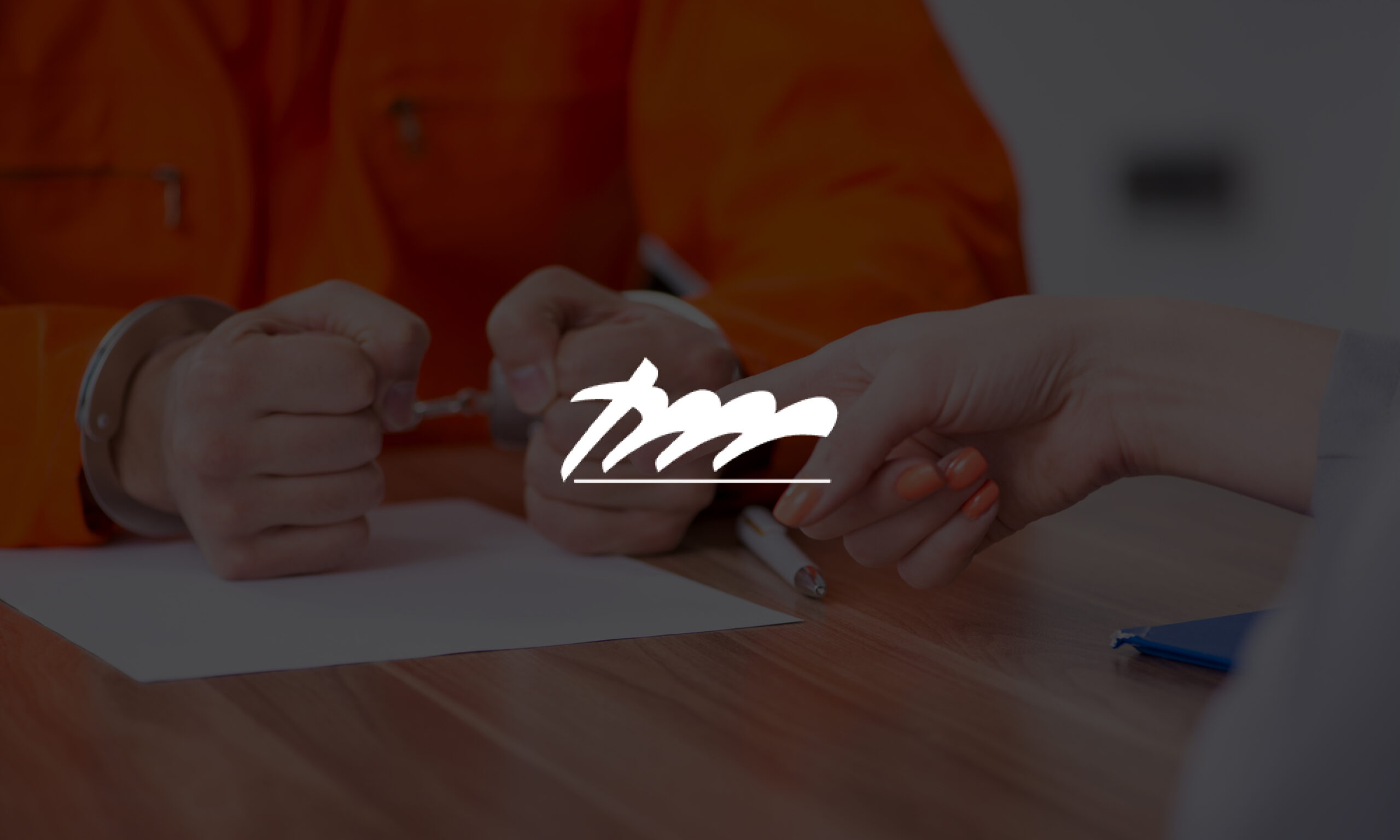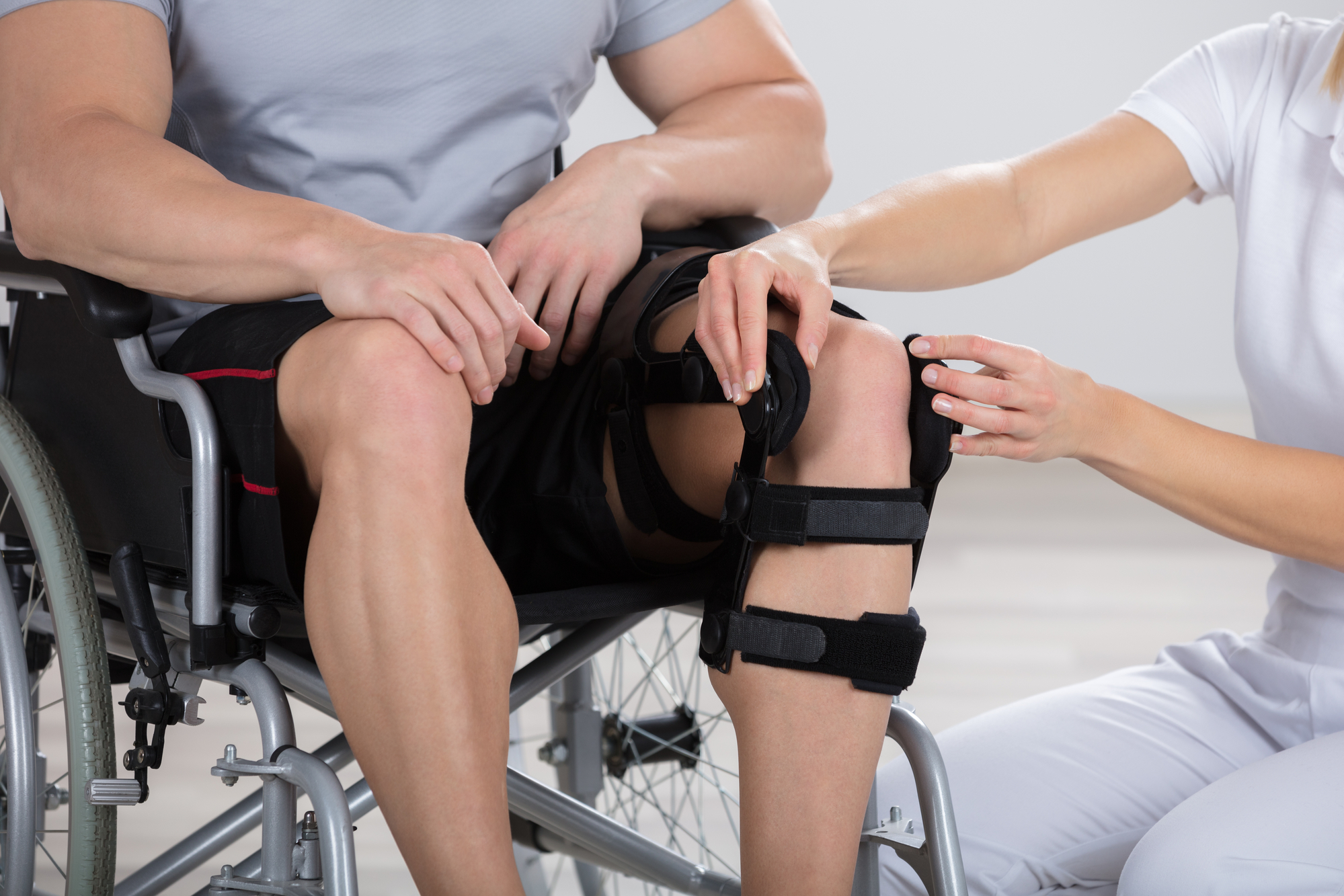Generally speaking, in a vehicle/trucking/motorcycle/etc. accident, there are two broad categories of claims in Louisiana: property damage and personal injury. This distinction is critical to understanding the process of recovering damages after an accident.
In a car accident, property damage refers to the damage to your vehicle, as indicated on your insurance form. However, if because of the accident a nearby white fence, or telephone pole, or property is damaged then coverage for that damaged property damage would likely fall under property coverage.
On the other hand, personal injury or bodily injury pertains to the physical harm and injuries as well as long-term injuries you sustain in an accident, particularly if surgery is necessary. In a personal injury claim, liability insurance covers those various aspects such as medical expenses, hospital bills, lost wages, and future medical costs. Wage loss may address the concerns you have about paying your bills and supporting your family if you cannot work due to the accident. It also accounts for past and future mental anguish.
As an example, I recently assisted a client who will need two additional surgeries twelve to fifteen years from the time her case closed because of an accident she suffered. In her claim, she was able to recover the costs associated, not only for the medical treatment received and the emotional distress caused by worrying but also the proven cost of her future surgeries.
Additionally, personal injury claims encompass pain and suffering — both physical pain experienced at the time of the accident and any ongoing or future pain. These claims take into consideration the impact on your ability to engage in activities you once enjoyed. For instance, if your injuries prevent you from playing with your children or participating in activities you love, these factors can be addressed in a personal injury case.
While there are many other elements to consider, these are a simple overview of the primary factors involved in personal injury claims. Of course, each case is different based on the facts of that accident and related injuries. This is why it is so important to discuss your case with an attorney who handles personal injury cases.
The Basics Of Liability Coverage
In Louisiana, insurance policies typically consist of three numbers, such as 15/30/25, these numbers vary but is the minimum in Louisiana. The first two numbers deal with liability coverage, this is coverage you purchase to protect you if you are found liable. For example, a “15/30” refers to the amount of liability coverage provided under an insurance policy.
The “15” means, if I am at fault in an accident, my insurance company will cover up to $15,000 maximum for any one person involved in the accident. The “30” represents the maximum amount ($30,000.00) the insurance company will pay for all individuals in the car. So, if two people are involved, the maximum coverage per person would be $15,000.
It is worth noting that these numbers can greatly vary depending on negotiations between insurance companies, attorneys, and the courts, especially depending on the degree to which the individuals involved are injured. Insurance companies will only disclose the maximum amount they will pay since they cannot determine the minimum amount until negotiations take place.
The Impact Of Fault On The Value Of A Personal Injury Claim In Louisiana
In every accident that occurs there 100% fault but that 100% fault may be shared. Suppose I run a stop sign and there is sufficient evidence to prove that I did so. In this case, I would be considered to be at fault and 100% of the blame (fault or liability) would be placed on me. However, one person does not necessarily have to bear the entire burden of that fault in every accident…this is called comparative fault.
Let’s consider the same scenario where I ran the stop sign, but this time, let’s say you were approaching at 70 M.P.H. in a 30 M.P.H. zone. In my point of view, I reasonably saw, expected and believed that at 30 M.P.H. (the speed limit) I had enough time after looking left and right to pass through the intersection without an issue, assuming you were driving at the designated speed limit. In this situation, I have witnesses who observed you driving at an excessive speed in addition to me running the stop sign.
When deciding who is at fault, the judge or jury decide how to apply comparative fault. They may determine that I indeed ran the stop sign and hold me primarily responsible, but they will also consider your speeding, which may have contributed to the accident. Consequently, the judge or jury may assign 40% of the fault to you for exceeding the speed limit and 60% of the fault to me for running the stop sign and not being attentive enough to recognize your high speed.
Of course, such percentages are not set in stone. Rather, they are a judgment call made by the jurors or the judge after reviewing evidence and carefully considering how to allocate fault. The idea here is that all parties involved can share in the responsibility of the accident, albeit in different proportions.
Deciding Whether Or Not To Pursue A Personal Injury Claim
Recovering damages in a personal injury claim is not an easy thing to do – and in situations where you sustain injuries and the party at fault either has minimal insurance coverage or no coverage at all, it may raise the question of whether pursuing a claim against that party is worthwhile. This decision requires careful evaluation with a lawyer, as additional factors may very well come into play, which may not be apparent to someone without experience in personal injury law.
For instance, it is essential to consider whether the at-fault person acted within the scope of their employment, as their employer’s insurance may provide coverage. Furthermore, if the at-fault person was driving a vehicle owned by someone else with permission, there could be potential insurance coverage through the owner’s policy. These are just a couple of examples of the complexities involved in assessing the best course of action.
To navigate through these complexities and determine the best approach, it is crucial to consult with a lawyer who can thoroughly review the facts of the case and provide tailored guidance based on their experience and command of the law.
For more information on Recovering Damages In A Personal Injury Claim, an initial consultation is your next best step. Get the information and legal answers you are seeking by calling 337-201-9222 today.


